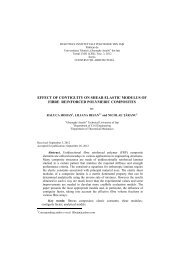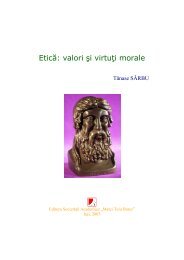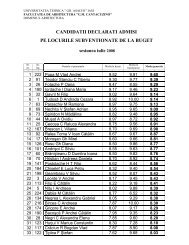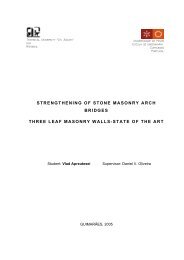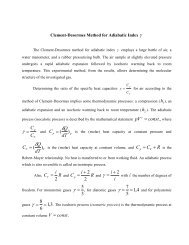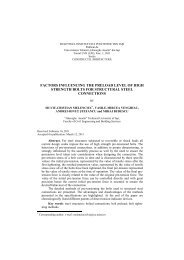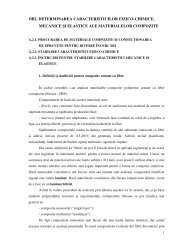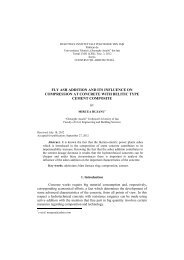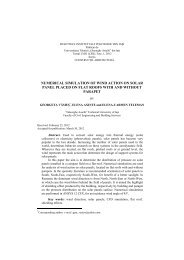1. What Are Minerals?
1. What Are Minerals?
1. What Are Minerals?
Create successful ePaper yourself
Turn your PDF publications into a flip-book with our unique Google optimized e-Paper software.
<strong>Minerals</strong><br />
stronger and more directional than pure metallic bonding, resulting in crystals of<br />
lower symmetry.<br />
5.<strong>1.</strong>3. Non-metals<br />
The native non-metals diamond, graphite, and sulphur are structurally distinct from<br />
the metals and semimetals. The structure of sulphur, usually orthorhombic in form,<br />
may contain limited solid solution by selenium.<br />
The polymorphs of carbon, graphite and diamond display dissimilar structures,<br />
resulting in their differences in hardness and specific gravity. In diamond, each<br />
carbon atom is bonded covalently in a tetrahedral arrangement, producing a<br />
strongly bonded and exceedingly close-knit but not closest-packed structure. The<br />
carbon atoms of graphite, however, are arranged in six-member rings in which each<br />
atom is surrounded by three close-by neighbours located at the vertices of an<br />
equilateral triangle. The rings are linked to form sheets that are separated by a<br />
distance exceeding one atomic diameter. Van der Waals forces act perpendicular to<br />
the sheets, offering a weak bond, which, in combination with the wide spacing,<br />
leads to perfect basal cleavage and easy gliding along the sheets.<br />
5.2. Class 2: Sulphides<br />
This important class includes most of the ore minerals. The similar but rarer<br />
sulpharsenides are grouped here as well. Sulphide minerals consist of one or more<br />
metals combined with sulphur; sulpharsenides contain arsenic replacing some of<br />
the sulphur.<br />
Sulphides are generally opaque and exhibit distinguishing colours and streaks.<br />
(Streak is the colour of a mineral’s powder.) The no opaque varieties (cinnabar,<br />
realgar, and orpiment) possess high refractive indices, transmitting light only on the<br />
thin edges of a specimen.<br />
Few broad generalizations can be made about the structures of sulphides, although<br />
these minerals can be classified into small groups according to similarities in<br />
structure. Ionic and covalent bonding are found in many sulphides, while metallic<br />
bonding is apparent in others as evidenced by their metal properties. The simplest<br />
and most symmetric sulphide structure is based on the architecture of the sodium<br />
chloride structure.<br />
91



